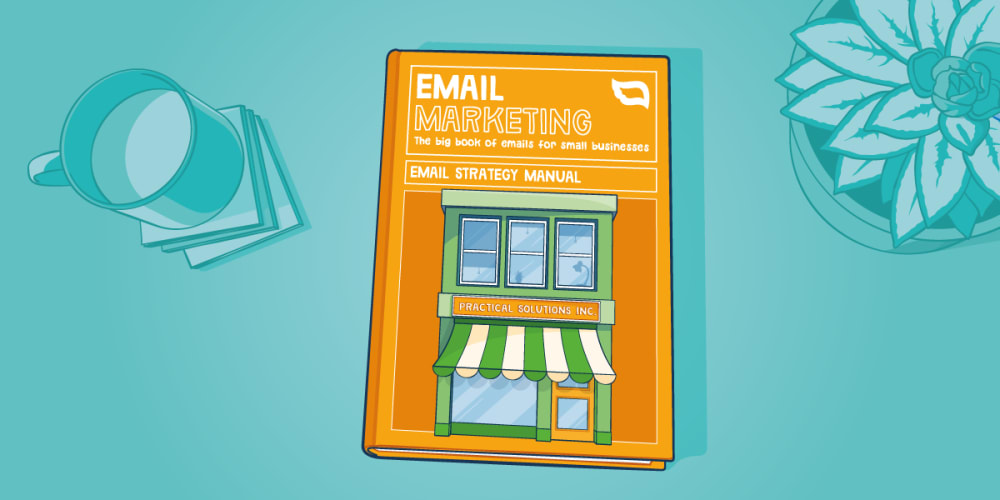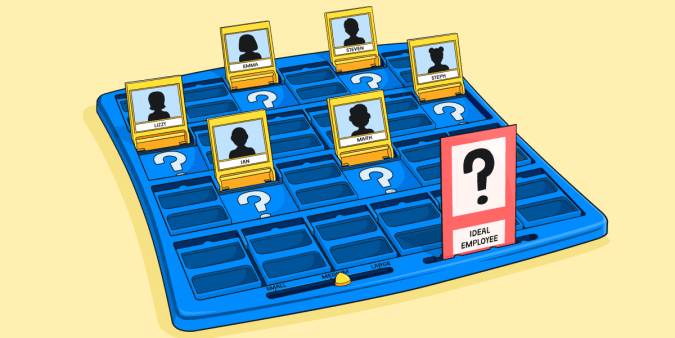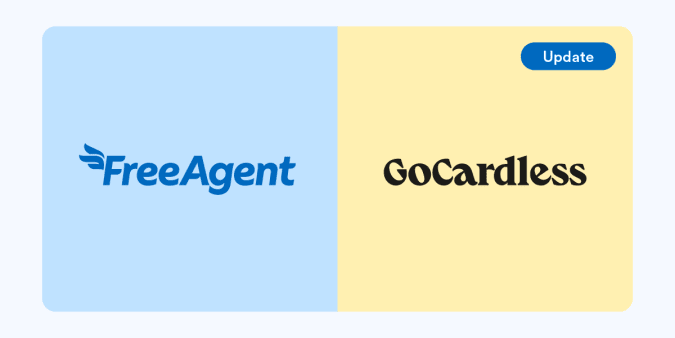How to build an email list for your small business

When it comes to your small business’s marketing strategy, email can be one of the highest-performing marketing channels, with some experts claiming a return on investment (ROI) of up to 4,200%. Building an email list - a database of customers who have given you permission to send them emails - can help to raise awareness of your business, convert potential leads into loyal customers and increase trust, letting you develop long-lasting relationships. Here we provide some tips for building and managing an effective email list for your small business.
Get to know the principles of GDPR
Before you get started with any sort of email marketing activity, including building an email list, it’s vital to familiarise yourself with the principles of the General Data Protection Regulation (GDPR). Read our guide on GDPR for small businesses to learn more.
Pick a service provider
There’s a wide range of software out there that can help you build and manage your email list. Some offer a basic free option to get you started, and you can upgrade for more advanced features as and when you need them.
Give customers a reason to sign up
You can give potential subscribers a reason to join your email list by offering them an incentive at the sign-up stage. Depending on your business, this could be a discount code, a special offer or access to subscriber-only content. You could even offer subscribers an exclusive item such as an ebook, video or white paper in return for signing up to your email list.
Provide opportunities to sign up to your email list
Embed a sign-up form on your website
Adding a sign-up form to your business’s website can be a great place to start when building your email list. Think carefully about where you place it to ensure it’s prominent enough to attract the attention of your site visitors. Some popular locations for a sign-up form include the website header, high up on the sidebar and at the end of blog posts. It’s also worth reviewing which pages on your site get the most traffic, so you can include an option for potential customers to sign up.
Include an ‘opt in’ option at checkout
Giving customers the chance to opt in to your email list at the checkout stage can also be an effective strategy. Site visitors who have already shared their information with you by making a purchase may be more inclined to sign up to receive your business’s news and updates.
No website? No problem
While many list-building strategies focus on attracting sign-ups via a website, it’s still possible to generate an email list if your business doesn’t have a dedicated site of its own. Depending on the email service provider you use, you may be able to add sign-up buttons to your social media accounts so that visitors can join your email list from within the relevant app.
Segment your email list
Once you’ve built up a healthy email list, consider splitting it into segments so that you can target different types of subscribers with different messages. If you ensure that the content your subscribers receive is relevant to them, they’re more likely to remain engaged.
For example, you could group together subscribers who have not yet made a purchase so that you can send them ‘new customer’ offers, or you could segment your list based on location so that subscribers only receive information that’s relevant to their area. Segmenting your email list in this way can help reduce your ‘unsubscribe’ rate and turn your emails into must-read communications.
Want to see how FreeAgent can help you nail your business admin and free up time to focus on what matters most? Take a 30-day free trial today.


